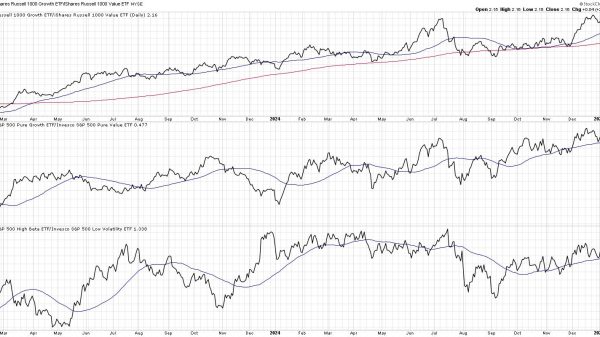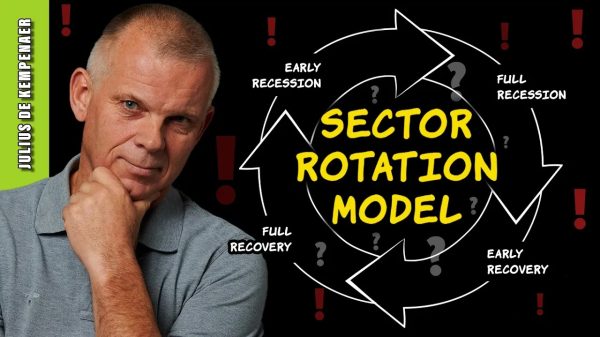Economists are famous for drawing diagrams, as so often illustrated in their traditional “chalk and talk” classroom presentations. Some of the curves involved even get named after famous users, from the Phillips curve to the Lorenz, Kuznetz and Laffer curves.
The intent of such diagrams is to illustrate some economics “incentive story” or relationship in a clear visual manner in order to make it easier to “see,” retain and utilize it. Especially given that analogies from one analysis to another in economics are common (e.g., the costs of regulation often act like taxes and price floors or ceilings in one area have many similar effects when imposed in other areas), that approach can be highly productive. Also, illustrating such relationships graphically, allowing the application of marginal analysis that is a hallmark of the discipline (by so often reducing choices to what I call “the rule of rational choice” which compares the marginal expected benefits to a decision-maker to their marginal expected costs), is a useful way to counter the often sloppily thought-through and misleadingly represented political “sales” pitches for policies that are now so prevalent, particularly in an election season.
When dealing with public policies, however, we should remember that using just one diagram may still be misleading. More than one incentive story or relationship is usually in play. This is where economists’ “other things equal” or “ceteris paribus” approach to teaching each particular incentive story can cause analytical problems if too literally applied to cases where other important-to-understand things are not equal. Those “other things” almost always exist (reflected in the common economics maxim that “you can’t change just one incentive story”) and can alter, and even reverse, many answers, so that accurate understanding requires that they also be taken into account.
Many examples of the shortcomings from such “single curve” analysis of government policies, which leave out important “other things,” exist. Consider some.
One of the most common shortcomings is ignoring how government revenue was raised in analyzing the effects of programs. The problem is that you cannot “see” those issues in a diagram focused only on where the money was spent. And since every way of raising added government revenue distorts the affected market, wiping out gains from some mutually beneficial exchanges that are eliminated as a result, that is a major omission (usually referred to as the welfare cost or excess burden of a tax). A situation in which you believe there are $1.25 in benefits per dollar spent in a program and conclude that it is efficient, is actually inefficient if the cost of raising each dollar of the revenue is really $1.40 (far below the estimates for many taxes), but recognizing that fact requires you to look there as well as where it is spent.
Conversely, you cannot comprehensively analyze the effects of some government tax without asking what the value of the financed spending is. In the standard diagrammatic analysis of taxes, the revenue raised is treated as simply a transfer from those in the market affected to the government. That means it assumes that people get their money’s worth from that government spending (i.e., a dollar of spending produces a dollar of benefits). However, given the impaired incentives and the sizeable amount of waste, fraud and inefficiency routinely found in government programs, spending in many areas can easily provide far fewer benefits than the amount spent. For example, if a billion dollars of tax revenue was raised to spend on a program that gave citizens only half their money’s worth, the single diagram approach to taxes will miss half a billion dollars of the actual costs.
Particularly when both major political parties are populated with ardent protectionists, we must also recognize that the same issues arise with tariffs, quotas and the various other forms of non-tariff barriers (e.g., “product safety” rules actually designed to create barriers to entry to foreign competitors). You cannot adequately analyze the effects of import restrictions on steel by only looking at domestic steel producers who benefit. You must also look at the harmful effects on further domestic processors of steel and on domestic consumers by way of the higher prices that result. In the same way, analyzing American sugar import restrictions requires also looking at the effects on candy makers (who have migrated north to Canada and south to Mexico, where those restrictions do not exist) and American consumers. Beyond that, we must look at the effects of reciprocal protectionist policies from countries targeted by our protectionist policies.
Another objectionable form of single diagram analysis involves regulations. They are commonly analyzed solely in terms of an aggregate effect in a market in a way that hides important aspects to be considered. For example, one could look at the effects of a minimum wage regulation on “the poor” by focusing on how it affects their incomes in the aggregate. But what is missed by that is that even if that group earns more in the aggregate as a result (which is not necessarily the case) some in that group lose their jobs, hours worked, valuable on-the job training, etc. Harming those poor people who lose cannot be justified by trying to help the poor in the aggregate.
A different single-diagram approach arises in macroeconomics, where textbooks often illustrate cases of recession or inflation as implying a “market failure,” by starting the diagram in recession or an inflationary boom without explaining how it came to be. That leaves the impression “the market” (and not the government) caused it. They add a caveat that the market adjustment may be slow and then compare that result to a diagram showing an optimal government “solution” that looks good in comparison. The implication of such diagrams is that government is the solution to market failures.
But that ignores other real possibilities that don’t make government look so good. They include the fact that government often causes the problem in question (e.g., the Great Depression) or continues to make it worse rather than solve the problems (e.g., the inflation of the 1970s or the 2020s), which could be, but usually isn’t, illustrated diagrammatically, which hides the fact that the best solution in such cases would be to stop such government policies rather than giving government more discretionary power to supposedly solve the problems it caused. It also ignores the fact that government interventions can be even slower than market recovery and may even make things worse rather than better, such as when government stimuli has its effects after markets have recovered, making such efforts destabilizing rather than stabilizing. Further, it ignores the fact that governments can often overshoot the implied optimum solution, as with too much monetary stimulus, creating a future inflation issue to deal with, or with too much monetary restraint, threatening recessions in search of a solution to inflation.
One more common example of the failures of single diagram analysis is in “welfare” programs such as food stamps (SNAP). In one diagram, one can analyze the (surprisingly small) effects on food consumption. But there are many other effects. Because benefits are reduced with income, SNAP acts like an income tax, paid in reduced benefits, and those effects must be analyzed. Similarly there is an asset limit that can act to reduce savings to earn or learn one’s way out of poverty. There is an implicit subsidy to housing in the program as well. There can be further interactions between SNAP and other benefit programs (as when food stamp benefits were counted as income in calculating AFDC benefits, reducing those benefits). Leaving out such things, and more, each of which can be considered diagrammatically, is misleading in omitting or over-simplifying real-world issues and problems.
These examples do not exhaust the areas in which what could be called “only one diagram” analysis. And they should not be taken as implying that diagrammatic analysis of economic policy issues is not useful. It is very useful. But when important incentive stories are left out because an analysis is truncated to a single diagram, it is over-simple, and may well point to wrong conclusions.

































